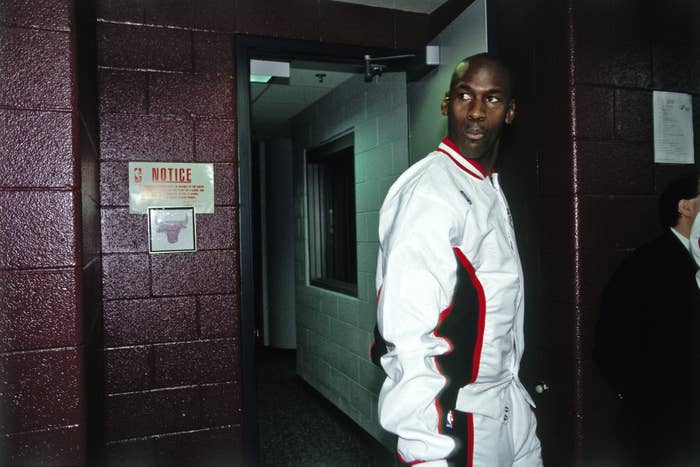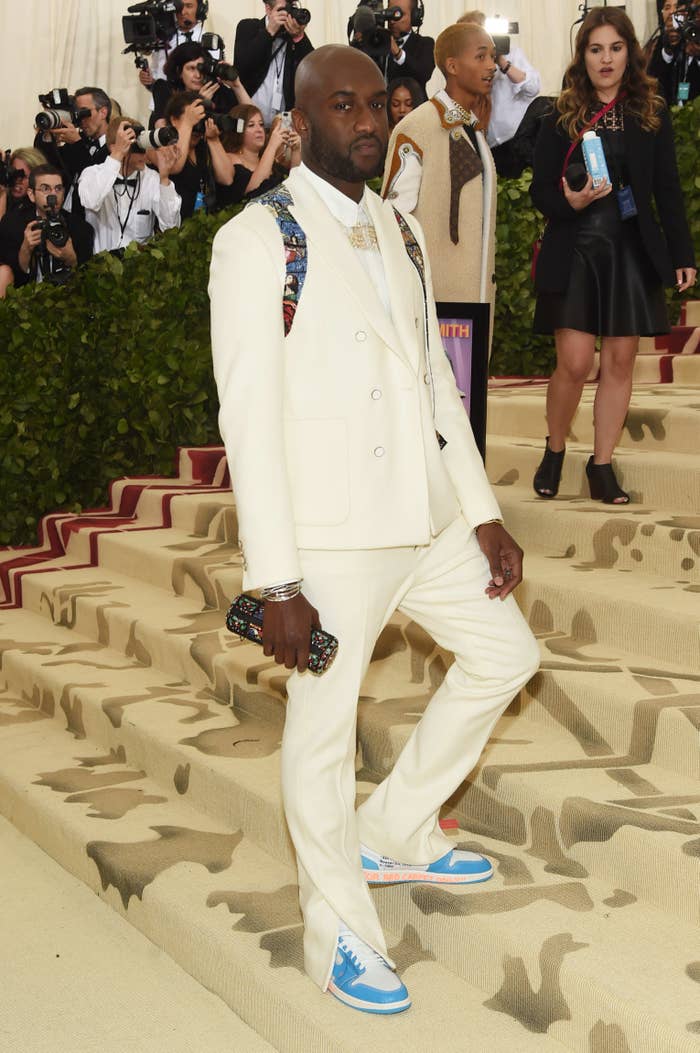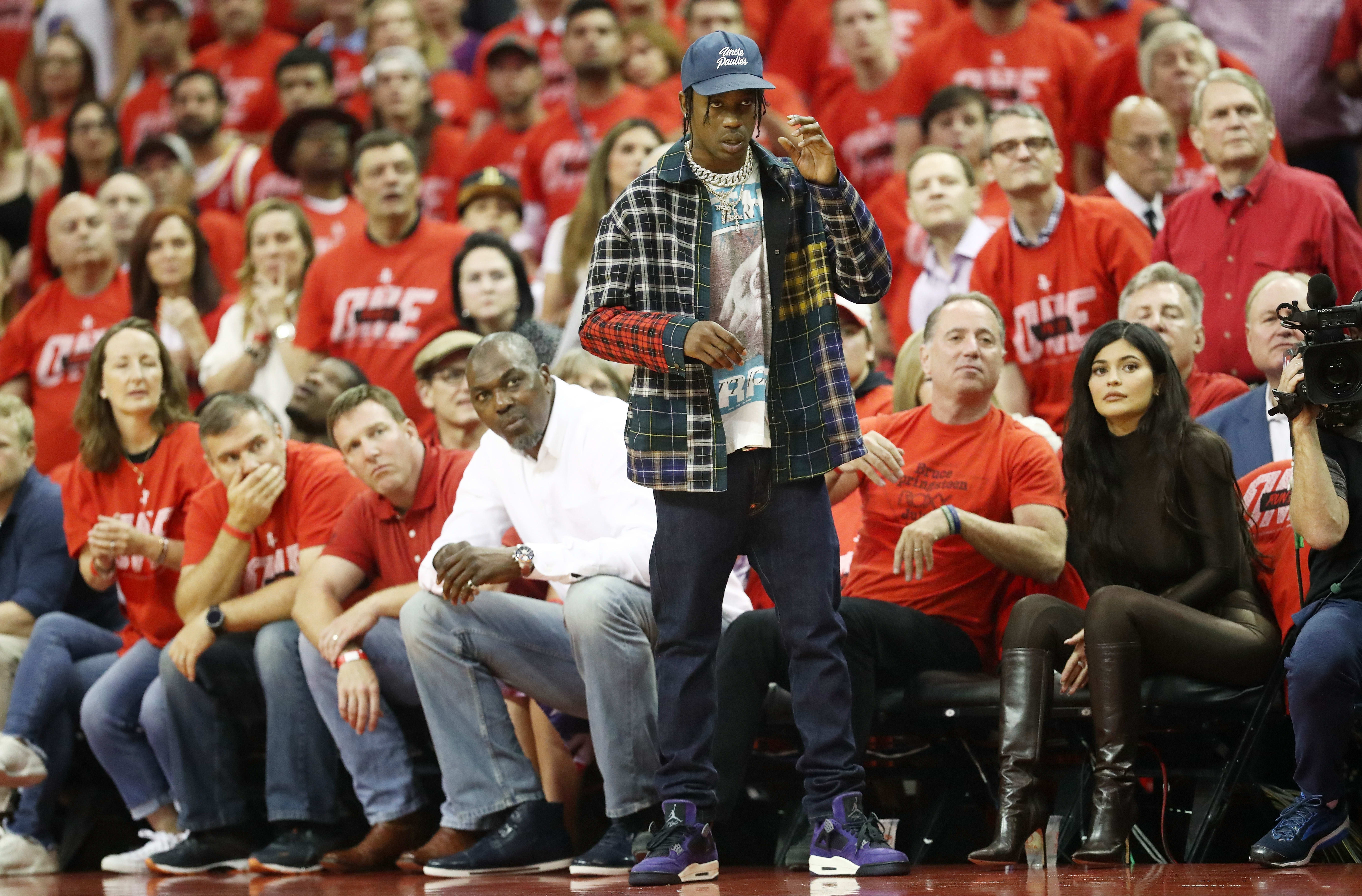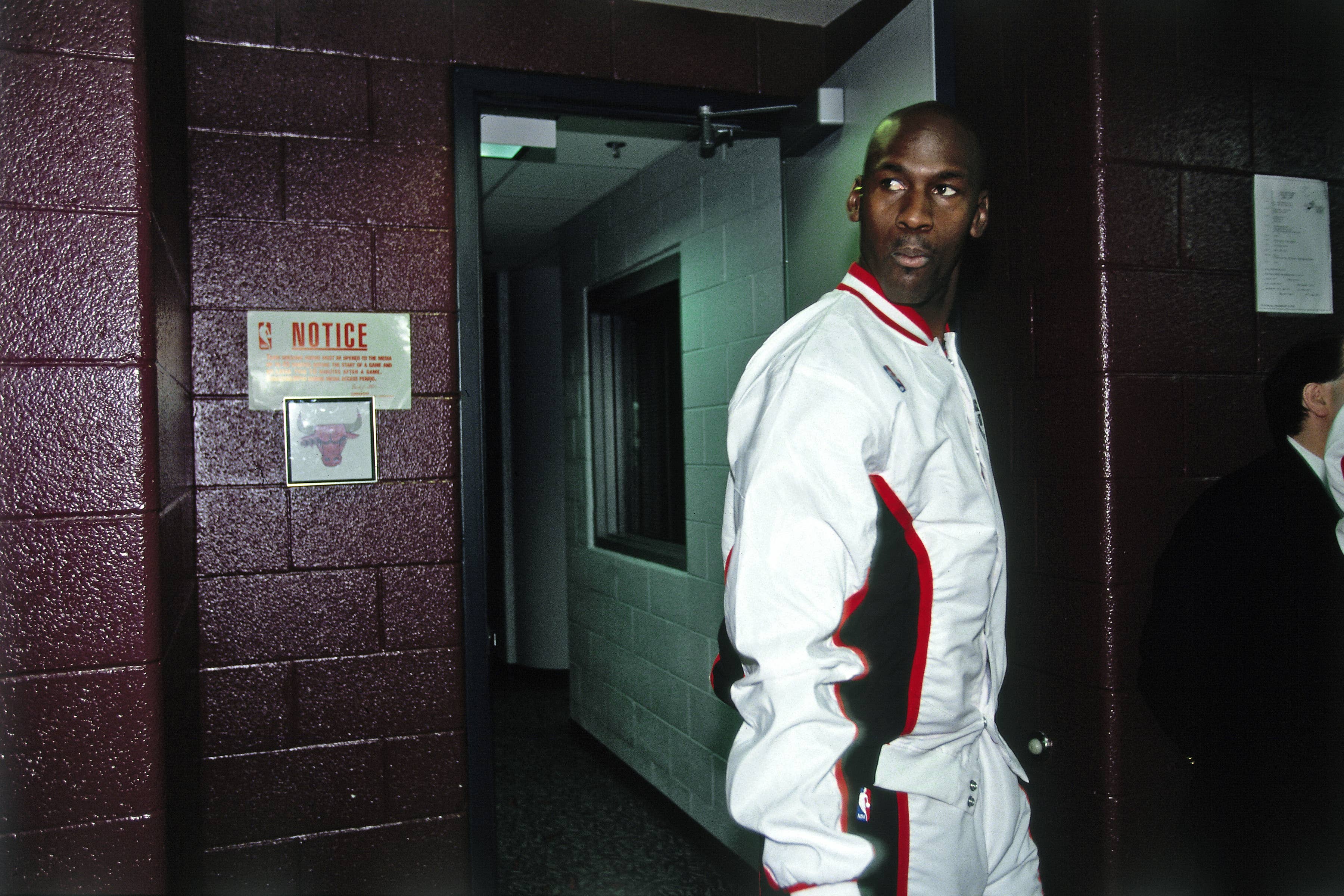
If 2017 was the year Adidas “jumped over the Jumpman,” 2018 will go down as the year Jordan elbowed its way back in the game. Outside of Yeezy products, Adidas didn’t have many models that people cared about en masse in 2018. Meanwhile, Jordan made its presence seen and felt in a way that’s been missing in recent years. It’s as if those calling shots for the company realized coasting wasn’t an option anymore. They got back to creative storytelling, innovation, and a focused push to engage fans who previously looked elsewhere in search of style. The renewed energy resulted in a string of hits that dominated year-end lists, including ours.
With momentum in its favor, Jordan Brand has to continue behaving like Mike. The legendary NBA player made his name by playing with a chip on his shoulder and having a laser focus on success. Jordan Brand contends with real challenges like trend shifts, new companies entering the space, and buyer fatigue to name a few. The company has to adapt to a continually changing footwear landscape.
The first thing we’ve grown accustomed to is crediting success to sneaker companies to hype and high-profile collaborations. Jordan Brand had those in spades last year. Virgil Abloh’s “White” Off-White x Air Jordan 1 made waves with a deconstructed take on the model and tops the list. The reason Union’s Air Jordan 1 interpretation fared so well is because it looked completely unlike any Air Jordan 1 before it, even though it pulled bits and pieces from multiple iterations from the model’s past. The collaboration extended to apparel as Union applied a vintage aesthetic to clothing to complete the look. Throw in other notable offerings done in conjunction with Travis Scott, the Anna Wintour-approved Vogue collection, a shoe for groundbreaking BMX rider Nigel Sylvester, and a first with football club Paris Saint-Germain and what you have are shoes worth talking about instead of the usual humdrum.

Jordan Brand understands many of its silhouettes double as icons whose life extends beyond the court. “Sneakerheads” aren’t the only ones who understand the significance of Air Jordans. That’s why Jordan Brand should find ways to welcome collaborative partners who can continue to take the storytelling in new directions, which they did a solid job of in 2018. Seeing Anna Wintour’s affinity for tweed and shiny sunglasses translated to basketball shoes stretches far beyond anything Tinker Hatfield could’ve imagined when he was designed the Air Jordan III in 1988. Seeing the the iconic fashion magazine editor stamp the shoe with her signature “AWOK” stands as a defining moment for sneakers and streetwear as a whole. If there’s any set of sneakers that deserves that type of recognition for taking athletic footwear to the top, it’s Jordan—the shoes that helped birth American culture’s fascination with athletic footwear on a mainstream level.
The same new ground approach came into play with the “Origin Story” Retro 1s. Sure, Jordans in movies aren’t a new phenomenon. The “Space Jam” Jordan XI may never be dethroned as the key moment where sports, film, and footwear converged into one brilliant piece of marketing. But tapping into Spider-Man fandom to activate casual fans of footwear was a marketing win for the ages. The shoe didn’t stray far from the traditional red, black, and white color scheme, except to add the dot print to the upper and translucent sole.
Yet, the shoe will mean more to kids who will remember what Miles Morales wore in the film years from now. Youngsters into Spiderverse are generations removed from seeing MJ play. Exposing them to the shoes through memorable moments in movies means a new generation with sentimental ties to the brand. The effect is the same as how a lot of ’90s kids have fonder memories of Michael Jordan as a member of the Tune Squad than as a Chicago Bulls player. It’s that type of storytelling and product placement that goes beyond what Jordan Brand can create alone. The Air Jordan 1 is a modern day icon the same way the Converse All-Star defined American footwear for decades. Having the shoe play a part in Marvel’s universe now spreads that legacy even further.

Those are just a handful of releases which make up the good. Jordan put out an estimated 180 pairs last year, despite promises to chill. The downside to that approach is it leaves a lot of shoes sitting in stores, which furthers the perception Jordans aren’t desirable to shoppers. I’d argue a large number of those releases just didn’t make sense. The company relied on storytelling that came off either completely contrived or downright head-scratching. Oddly themed collections, like the Jordan 18 “Suede Pack” and the “Highlighter Pack” for the unloved Jordan XI Low IE model, wasted space on retail shelves. It was cool to see women receive more choices, but I’m not sure the Jordan 1 Rebel XX was an option they wanted. All the excess does more to hurt than help as the company moves forward.
The simplest way to address this is trimming the offerings and shifting the focus towards producing more quantities of models people have shown an interest in. Give us more than a snowball’s chance in hell scoring a shoe like the “UNC” Off-White Air Jordan 1. Bump up the numbers on the next Cactus Jack concoctions with Travis Scott. I know that’s a fat chance since those are exclusives, but Jordan Brand could make sure specific general releases arrive by the boatload in 2019.
Buyers grew tired of fighting resellers, bots, and backdoor practices at stores to the point where they turned away from the line after 2011. The company responded to a public who longed for increased odds to buy the shoes they wanted without having to jump hurdles to do it. Making perennial sellers widely available is a good tactic. The “Concord” Jordan XI created tons of energy by sheer force and volume. Nike characterized the release as one of its biggest and best in company history. Enough pairs were released into the market anyone who truly wanted them should’ve been able to get the shoes with ease, Christmas budget withstanding of course. The same can be said for the other all-time favorites like the “Shadow” Retro 1 and “Black/Cement” Retro III from earlier in the year.

The sales performance of the aforementioned shoes is a sign: Don’t be afraid to flood the market with fan favorites. When the “Black Infrared” Jordan VI drops in February, Jordan Brand should release them in healthy numbers. The “Black Cement” Retro IV rumors for 2019 make sense for the model’s 30th anniversary. For pure nostalgia purposes, the shoe should be given a wide release. You know, so people actually can walk in a store to buy them and not rely on online raffles to do their bidding. The same applies for the black/red Retro XI for next holiday season. Bonus points if all these models closely resemble the originals in shape and details, including Nike Air branding where applicable.
Original colorways aren’t the only ones to which this approach applies. Let’s take the “Cool Grey” Retro IV as an example, since it’s rumored to return. The shoe made its first and only appearance in 2004. Today, it sells for triple the retail price, even though most of those older pairs wouldn’t last more than a few casual wears before the midsoles suffered some sort of casualty. It’s cool we’re seeing those, but imagine bringing back “the Lightning” colorway, a favorite for enthusiasts, too. Or how about topping off the anniversary the right way—give us those purple Air Jordan 4s Travis Scott’s mercilessly teased. If not, the unreleased olive pair will do. Whatever non-original colors do release, the brand should make sure the supply comes close to matching the demand.
There’s no one specific way for Jordan Brand to continue its winning ways from last year. Trends come and go but Jordan’s in a unique spot. Customers will always look to the company for its ability to revive pieces from its past, not for big innovations. Jordan just has to revise and refresh those products and their respective marketing to give people reasons to keep buying the same shoes time and time again.

